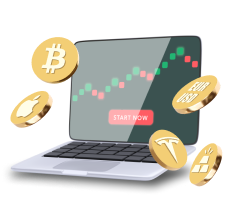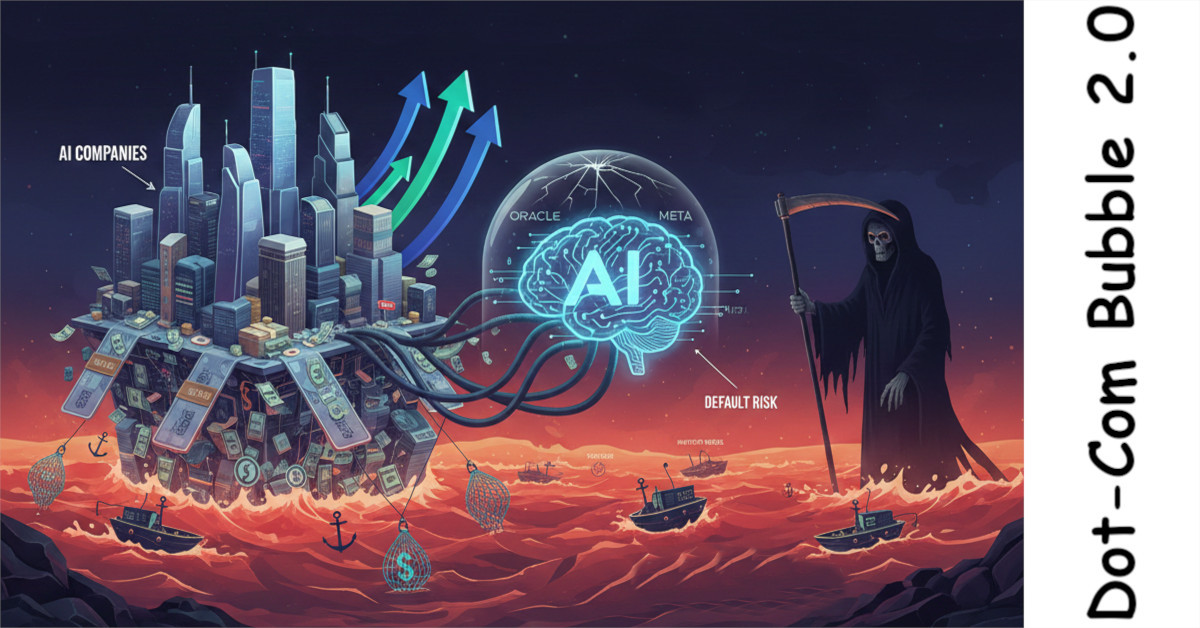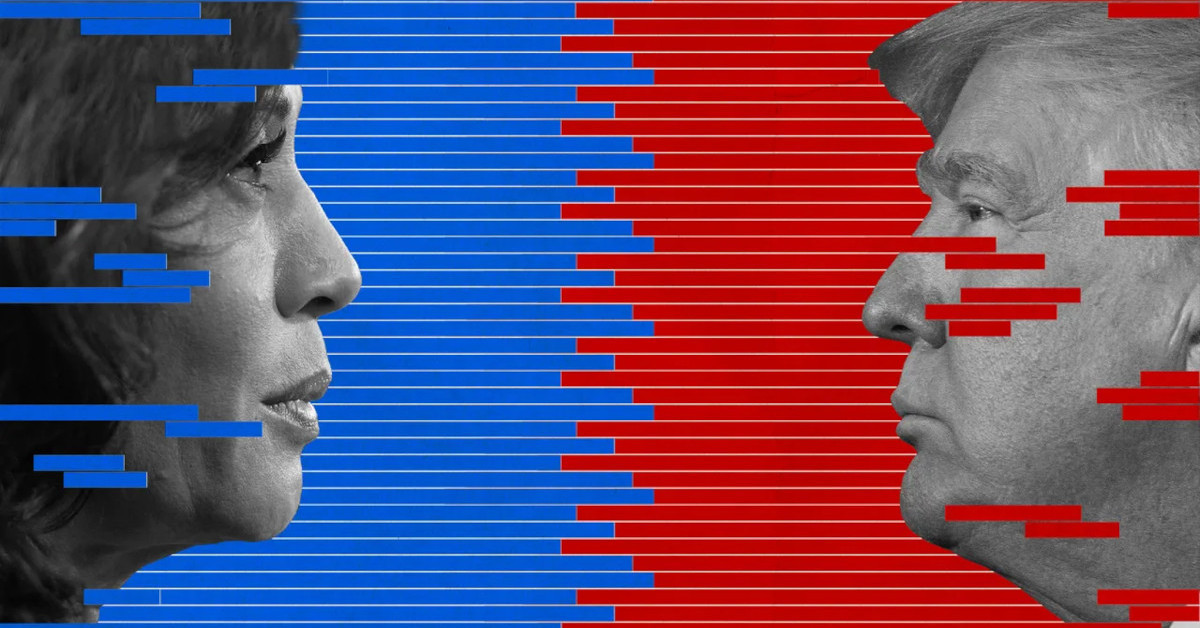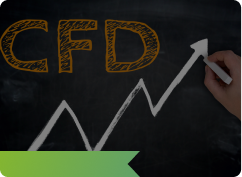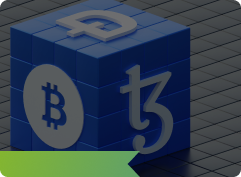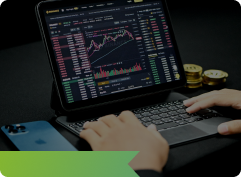Will Russia's economic collapse? And what can FED do?
Before expecting anything from FED, we have to know will Russia's economic collapse after these historical sanctions or not? And what will be the effect on the global economy, especially in the US? To understand the matter f this question, I am just referring you to the FED chair, Mr. Powell's testimony earlier this month in the House Financial Services Committee on March 2, where he told: “The bottom line is we will proceed but we will proceed carefully as we learn more about the implications of the Ukraine war,”
The Federal Open Market Committee (FOMC) will release its policy announcement later on Wednesday, March 16, and will be followed by Powell’s press conference 30 minutes after that. This meeting will be more important because we will have the FED quarterly economic projections as well.
Let's go step by step, first, we have to see what the FED aim of the rate hike is and overall, form its policies at the current situation, and then to see what is the different factors and their situation and finally, we will review the options that FED has, and market possible reactions.
Why is FED raising the rates, and how does it effects?
By raising interest rates, first of all, the FED wants to slow down inflation. Increasing rates can encourage people to save more. Therefore, we will have less money circulating in the economy. But the problem is that while it will decrease inflation, it also means slower economic growth.
The reason that it will slow down the economy is that, with higher rates, borrowers will likely pay more in interest, although how much more they pay, that much less they borrow, and fewer credits mean less stimulus for businesses. On the other hand, retirement funds, insurance companies, and educational endowments benefit from higher interest rates, because their benefit depends on Bond Yields and it will increase with higher inflation, as it is up now. At the time of writing, US 10-year bond yields moved above 2.10%. Also, banks and other credential institutes can benefit, as their investment returns grow.
Therefore, the final aim of the rate hike is to control inflation and create an accommodative monetary policy and help the economy to grow in long run.
Main factors and conditions.
The main factors and game changers are inflation, the Labor market, economic growth, and geopolitical tensions that can impact the economy.
After the COVID-19 crisis, many economies around the globe, including the United State, started to ease the policies and help the economy to grow and recover itself, which almost happened. On the stock markets even it went amazing to the extent that we had new record highs every single week, before the 2022 short squeeze. Anyway, one of the most significant effects of these policies was higher inflation, as was expected, but the problem is its pace, which increased faster than most estimates.
Consumer inflation increased 564% in 14 months, from 1.4% in January 2021 to 7.9% in February 2022 to make that the main concern for FED, and change the focus from the Labor market to the inflation data. From the second half of 2021, FED and Mr. Powell no longer used the term "transitory" for higher inflation. For such high inflation, fuel and gasoline costs were the main drivers. And now with ongoing tensions in Ukraine, prospects have changed to reduce it faster.
Until the second half of 2021, the priority of the FED was the labor market. However, now we can see that it is no longer the concern. Unemployment is under 4%, weekly Initial Jobless claims are around 200K, and monthly created jobs are almost over than 400K on average. Now, the labor shortage is the concern, as the economy is improving much faster and businesses need a workforce.
According to the latest published data, the US economy increased by 7% (annually) in the fourth quarter. PMI, retail sales, Industrial and Manufacturing data, all show significant increases. But now, everything will be depending on geopolitical tensions and the Russian-Ukraine conflict. If we cannot stop it, with a few more weeks of the war, the global economy can collapse. I do not think that Russian President Vladimir Putin will be deterred by sanctions, therefore, continuing the war means more sanctions and tensions all around the globe. Since starting this war, oil prices raised by 40%, and Natural gas prices that already were high, stayed up there. These higher prices and tensions directly will affect the global economic growth, including the United States. On the other hand, if politicians can find a way out of this, the economy can quickly rebuild itself, because it has not yet been hit hard.
What FED can do and how they will affect the markets?
There are few metrics that FED with changing them, can manage the situation and market expectations, while they will be able to take the situation somehow under control. Rates, balance sheet, and Economic projections. Therefore, while we have to carefully read the FED announcement and watch Mr. Powell's Testimony, we should not forget about its economic projection and dot-plot, which is the individual assessments of the participants collated by the bank
Market participants heavily were focused on a 50 basis point rate hike until Mr. Powell's testimony earlier in March, where he already played down its possibility. Now, expecting the standard 25 basis point is more logical. Fed futures on Monday had the odds at 98.3%. Therefore Hawkish tone of the statement means to see the rates increased more than this, and Dovish means to see the 0.25% rate hike as a final decision of this meeting. Geopolitical tensions added the doubts on economic growth, therefore, it is not expected that FED to take this aggressive approach.
Another prudent decision that can be taken, is to see more wait before start reducing its balance sheet at this month’s meeting.
More hawkish policies will hit the economy, which is already being hit by war concerns, and going through that, can cause stagflation, while holding these easing policies, means letting the inflation grow much more. Therefore, either with tightening policies we have economic and financial austerity now to control the inflation and solve the economic growth later, or we have this austerity with less hawkish policies, but we going to suffer later. The only difference is that the conditions of the future can be clearer for decision.
Going toward Hawkish policy, will hit the stock market and lift the US dollar and vice-versa.

